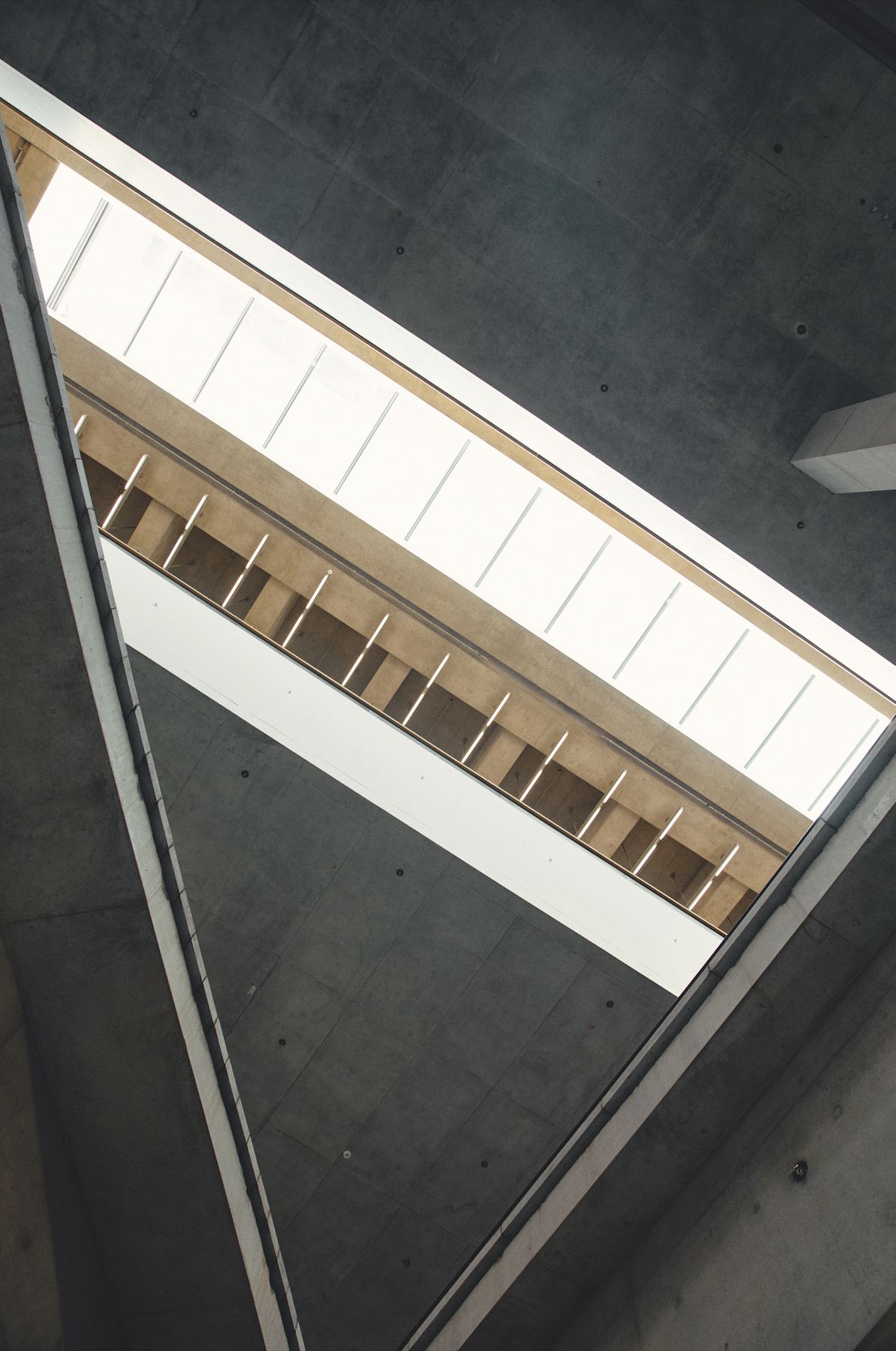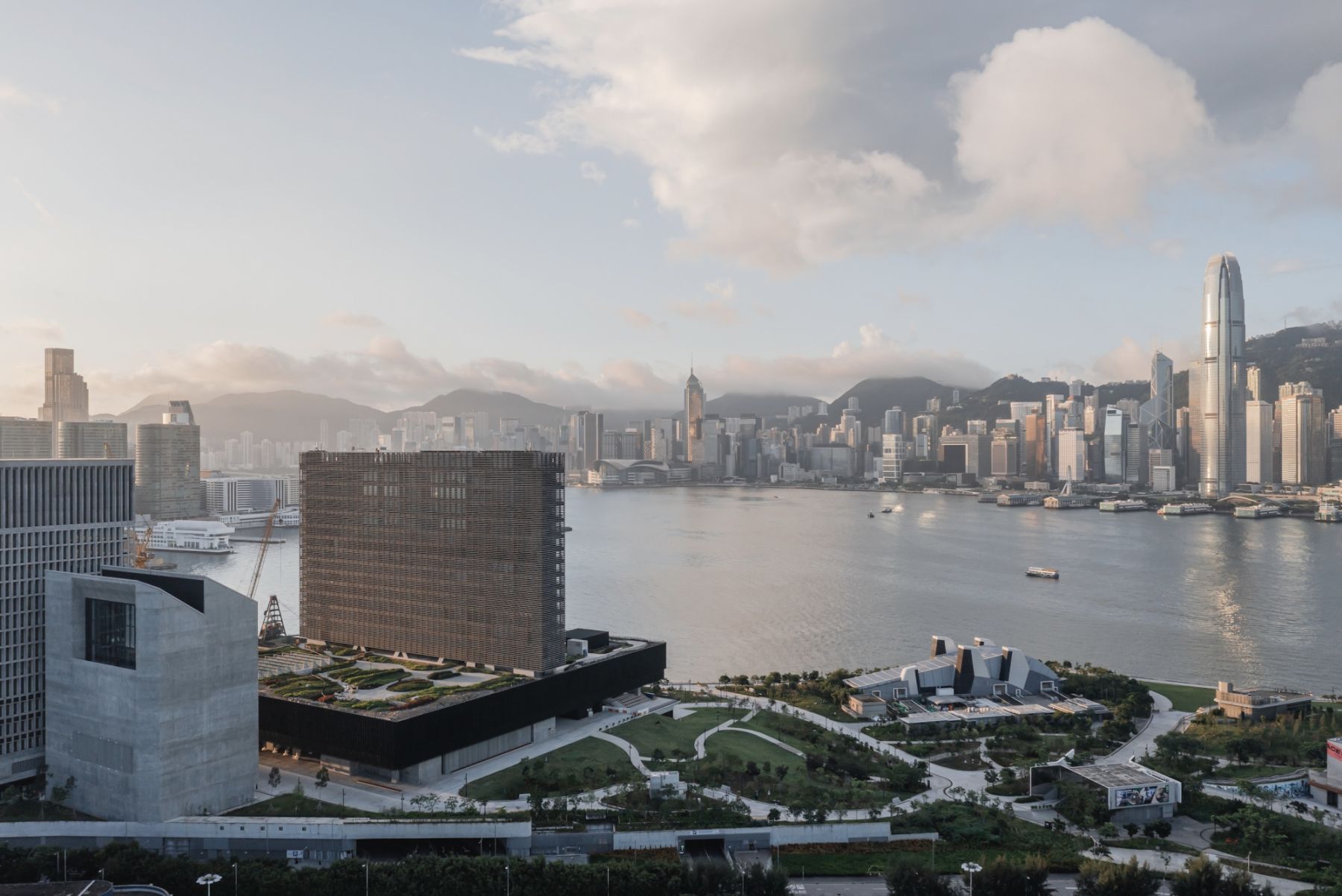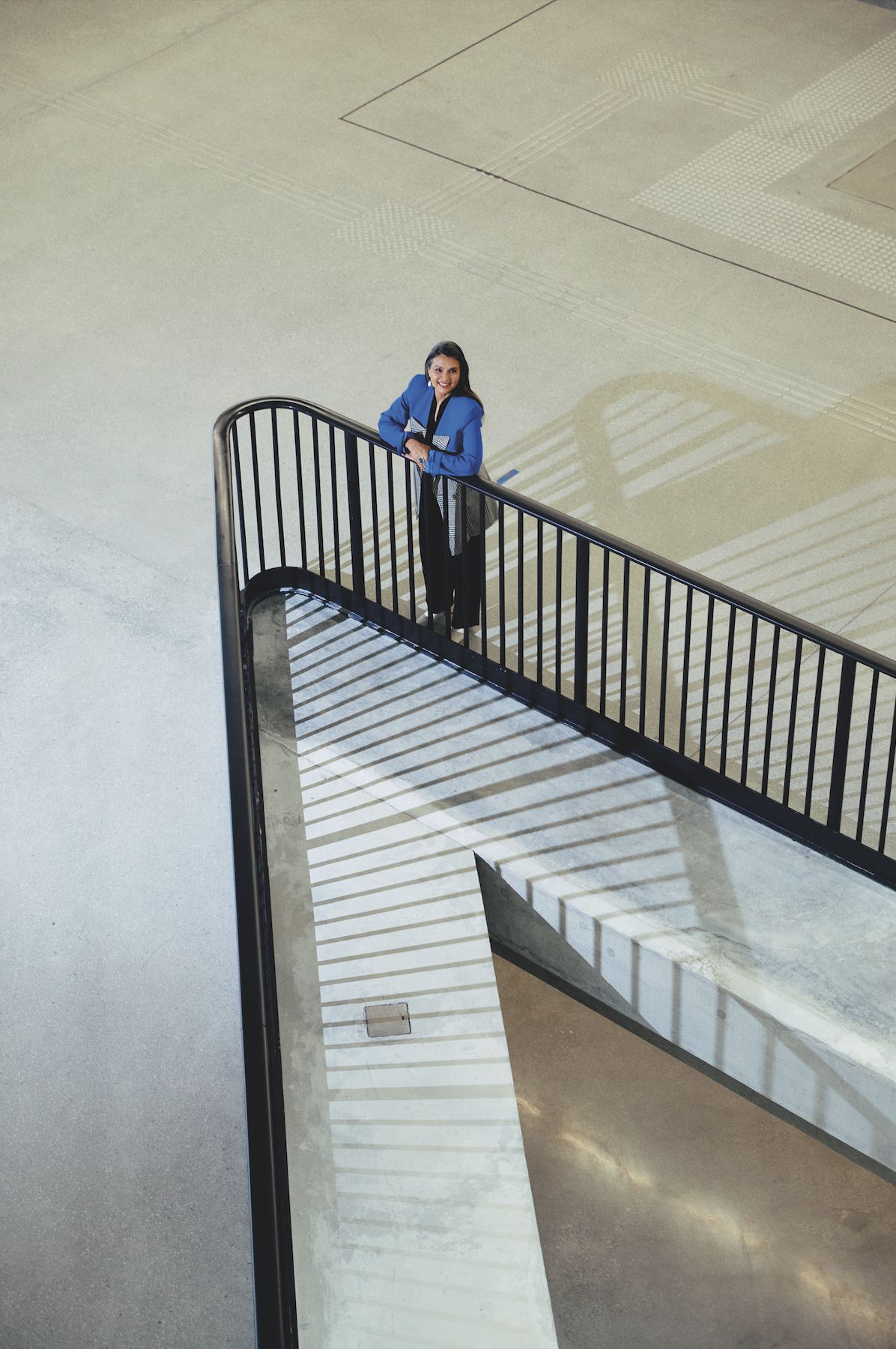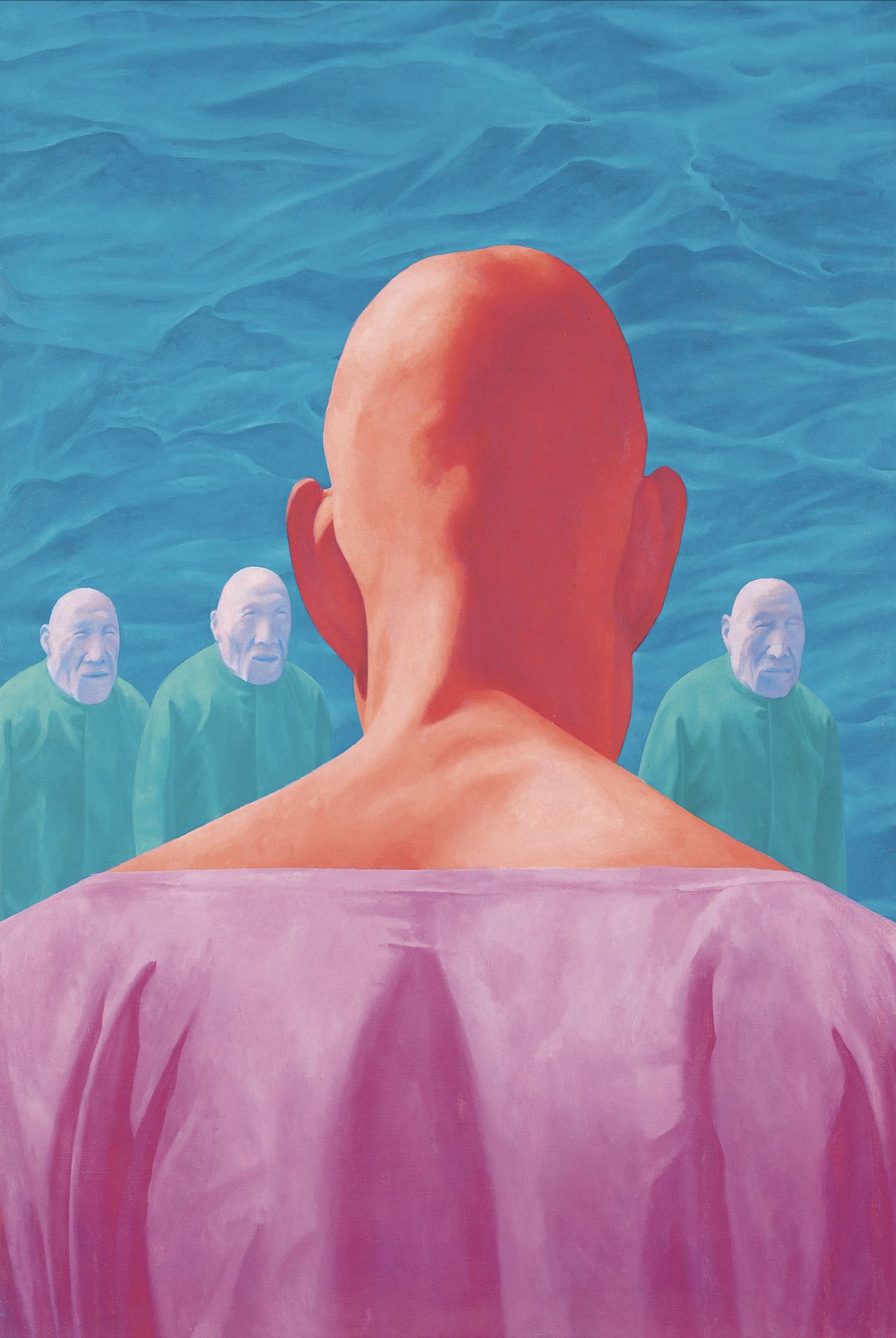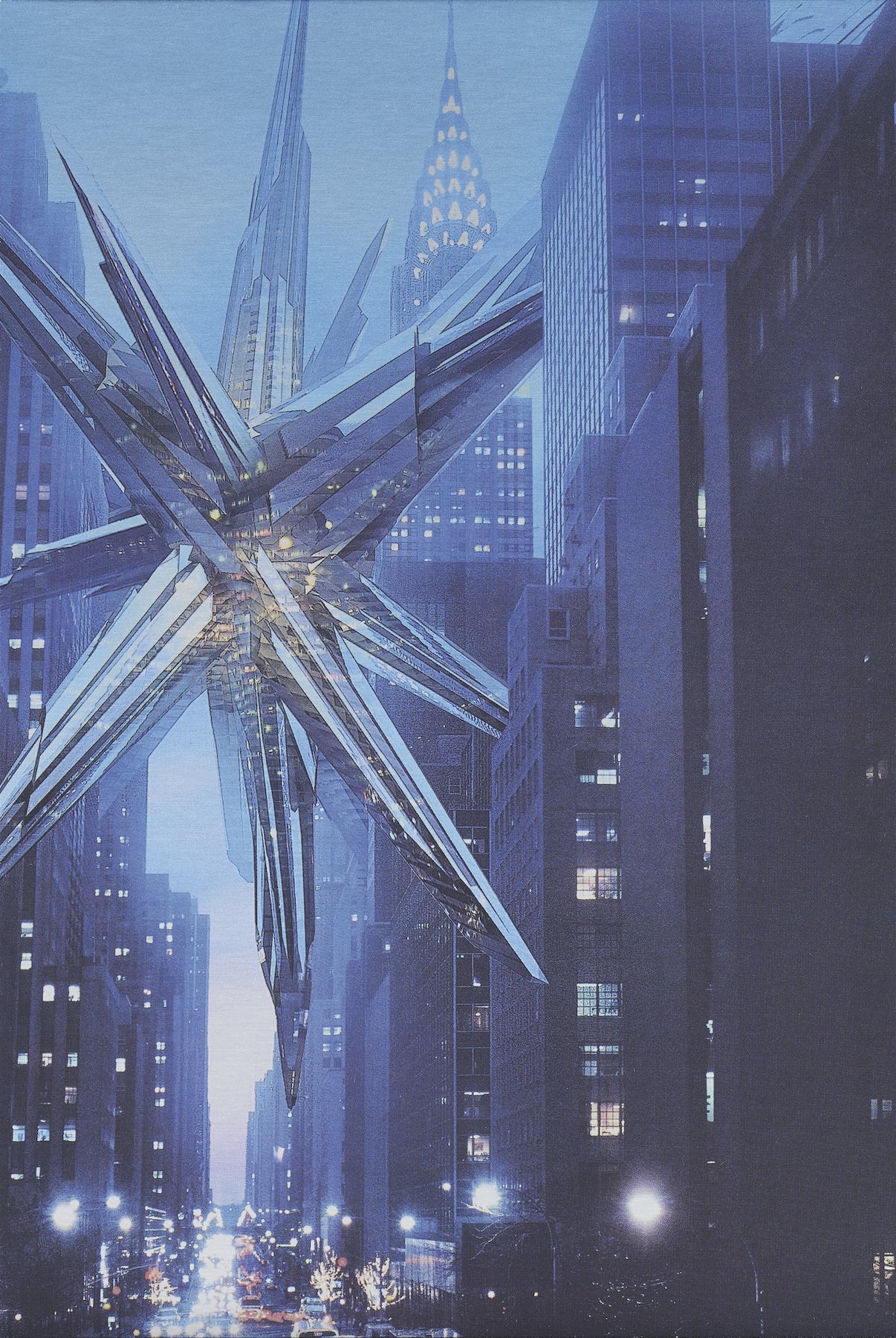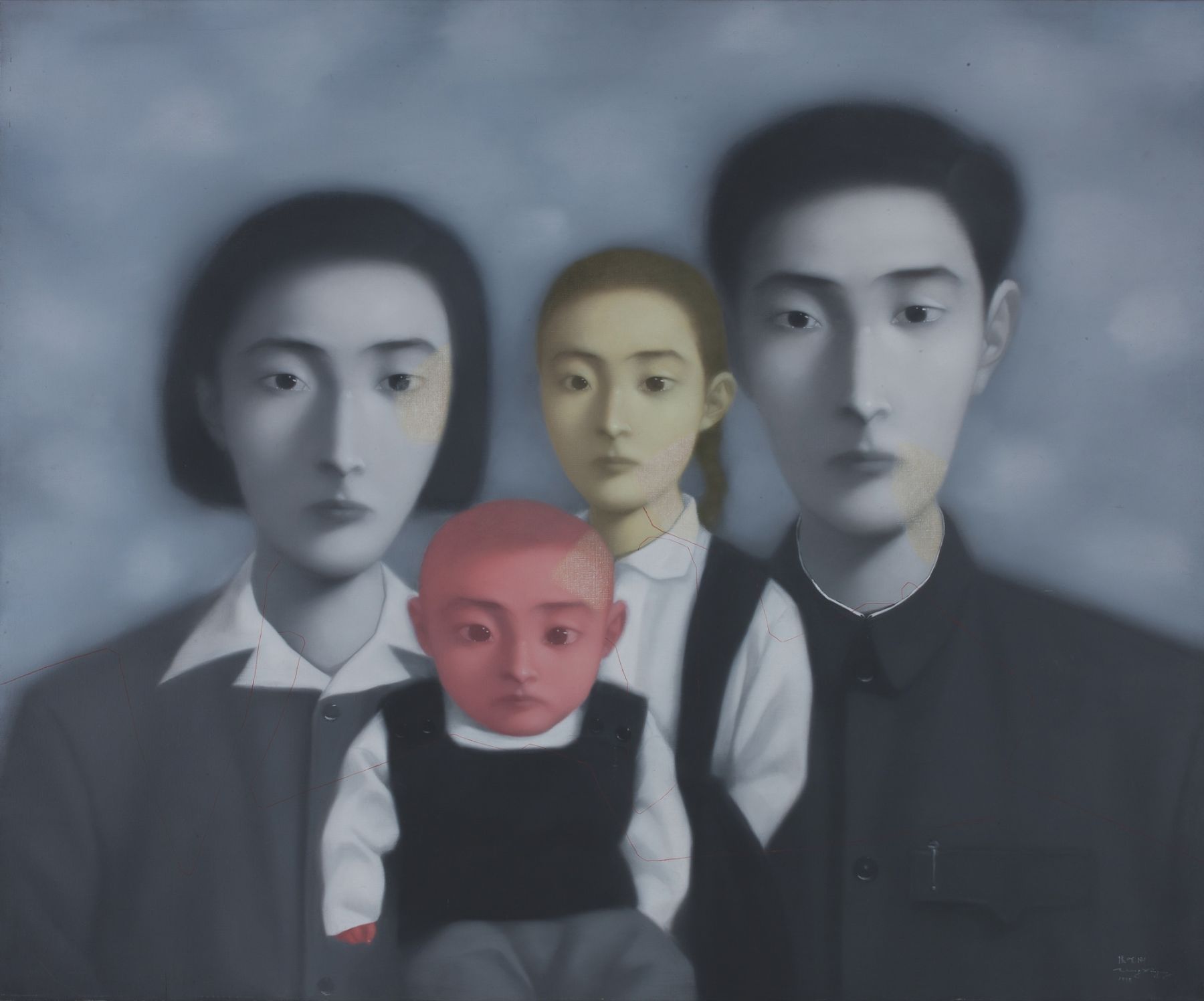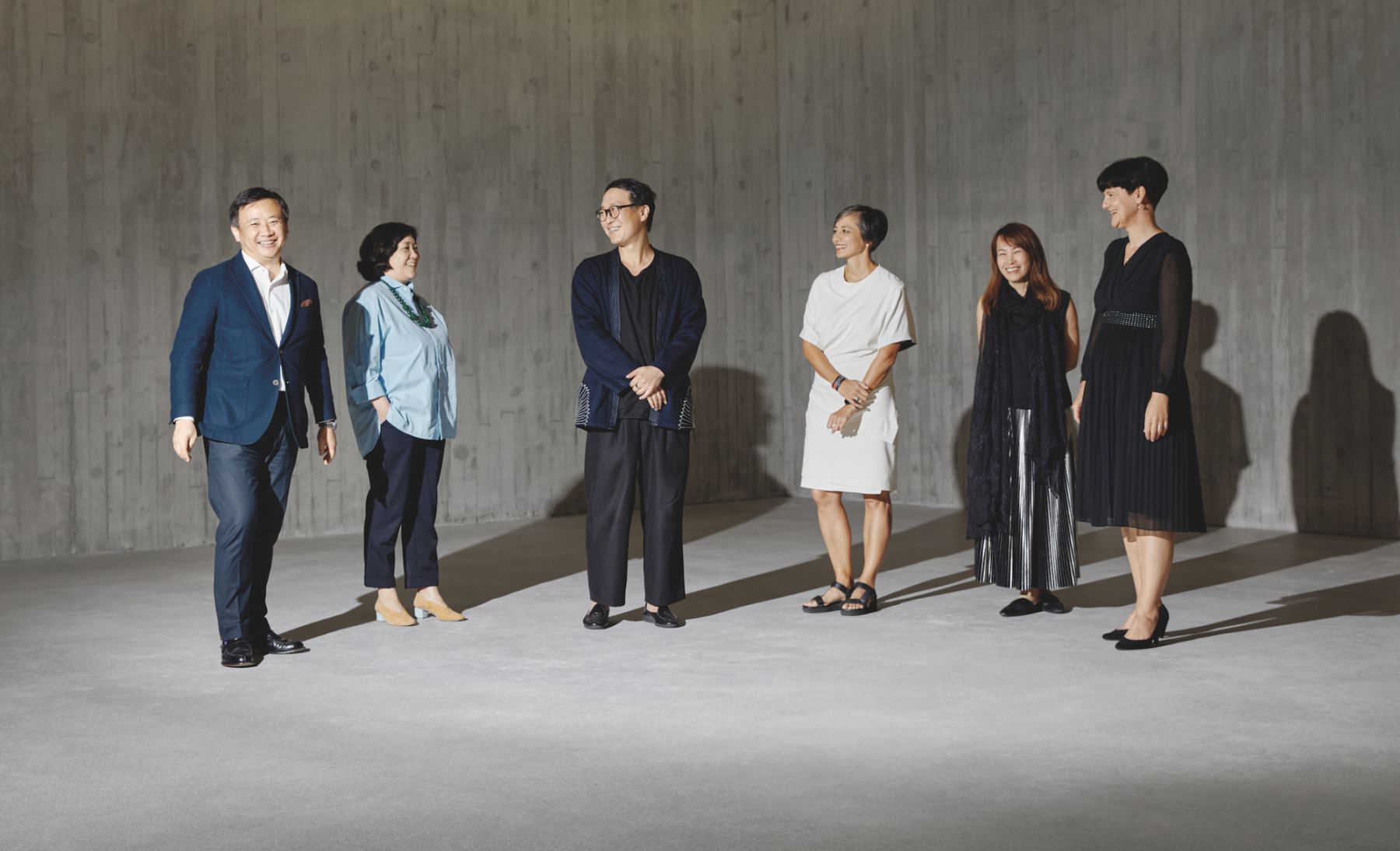Nearly two decades in the making, the M+ museum in Hong Kong has ambitions to be the leading cultural institution in Asia—and one of the best in the world. It finally opens to the public on November 12
“I feel so restless,” says Suhanya Raffel, museum director of M+, the colossal new institution for art, architecture and design, and moving images that stands dramatically on the edge of Hong Kong’s Victoria Harbour. It’s a sunny Friday in late September, exactly 49 days before the museum officially opens. “An institution without an audience is like a person without a soul,” says Raffel. “Our visitors are the last missing piece.”
On November 12, that piece will finally fall into place when M+ opens its doors to the public, giving Hongkongers a look inside a museum that has been nearly two decades in the making. Admission for all Hong Kong residents will be free for the first year. “We are hoping to attract approximately half a million people in the first six months but, once the borders reopen, I am sure that we will have many more,” says Raffel. “I hope they will understand why it took so long. All good things take time.”


The museum sits at the heart of the West Kowloon Cultural District, a 40-hectare, wedge-shaped plot of reclaimed land that juts off the tip of the Kowloon peninsula. By most measures, it is the largest development dedicated to the arts under construction anywhere in the world. It will eventually be home to 17 cultural spaces, including the Xiqu Centre for traditional Chinese theatre, which opened in January 2019, and the Hong Kong Palace Museum, which will primarily display antiquities from the collection of the Palace Museum in Beijing and is due to open in 2022.
It is M+, though, that has been most closely watched—and some might say scrutinised. In 2003, the government proposed a plan for a cluster of four museums, one each for ink art, modern and contemporary art, moving images, and design and architecture. Three years later, it scrapped that plan in favour of a single, mammoth institution that would encompass all the above, and more.
M+ has since boldly positioned itself as Hong Kong’s answer to the Tate Modern in London, the Pompidou Centre in Paris and the Museum of Modern Art in New York. The museum is described in promotional materials as “Asia’s first global museum of contemporary visual culture”, burdening it with the pressure to represent not only its home town, but the largest continent on the planet, home to more than four billion people. Even its name, which stands for “museum and more” or “museum plus”, hints at its ambitions, suggesting it will offer more than the national art museums of the past.
See also: Art Collectors William and Lavina Lim Donate Nearly 100 Artworks To M+

